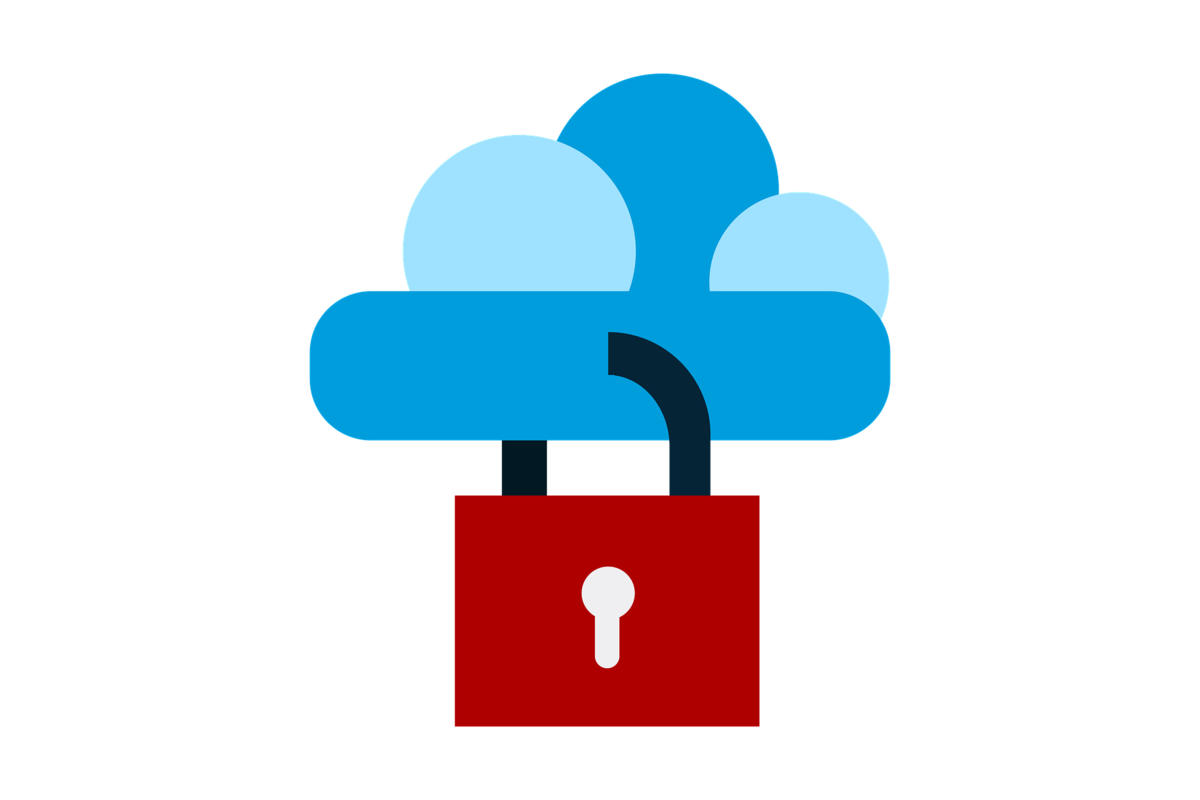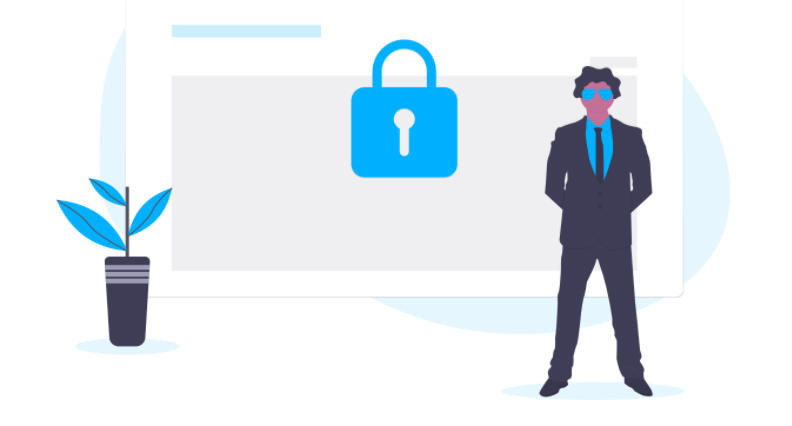Secure browsing is often defined by crucial requirements like protecting one’s privacy, browsing history, and PII. It involves protection from malicious URLs that may steal such personal data or install malware on your endpoint.
Enterprises address these concerns by utilizing a large variety of controls. Endpoints may run a host of malware detection software, data leak prevention agents, inline proxies, and IPS sensors geared toward detecting traffic anomalies and blocking unwanted sites. These services often provide advanced traffic analysis to discover unusual behavior or remote control.
While many of these tactics have been in place for decades and security teams seem to be satisfied with their performance, some of enterprises’ most concerning security issues have emerged from a slightly different perspective—an angle that none of these solutions appropriately address.
Age of SaaS
The term “browsing” is derived from the early digital age, when websites were static sources of information or entertainment; during this time, companies were only concerned about viruses spreading from hacked or maliciously-created URLs. However, the past decade brought about social media and cloud-only business models, changing web access to a form of service consumption and service delivery. Cloud-based businesses are now entertained by profiling, conversions and engagements rates, rather than unique visitor frequencies—thus, they have a stronger capability to identify and interact with their visitors.
B2C platforms engage in enormous PII collection. In this process, much of the value they create is based on user behavior, rather than the older practice of users manually filling out forms. Meanwhile, B2B platforms rely on freemium or paid accounts for their multitude of services, including data storage, sharing and manipulation, user interactions, learning, and processing transactions.
Both models have a few key factors in common:
- They must identify you to be able to interact.
- They generally use a subscription-based model for their payed services
- Most of your sensitive or valuable data is stored or created in the cloud.
- SaaS solutions communicate with each other without your data ever touching your local endpoint or enterprise infrastructureIn fact, the less reliant your SaaS is on your local infrastructure and the more integrations it can create with other cloud providers, the better.
Secure What?
From the above information, it’s quite clear that most of the tools we formerly used to protect us are much less valuable to businesses than the actual content and services of SaaS apps. In order to secure 3rd party applications, there currently aren’t many options available. With the exception of a few very large enterprise providers, most SaaS app doesn’t require more than an email and a password (or a social login) to enable access. Furthermore, they generally do not provide team or account management, with the exception of functional rights for the service.
Cloud applications do not provide DLP integrations or syslogs of user activity; this means that we cannot enforce strong multi-factor authentication methods or a corporate password policy.
Assessing the Unknown
Our inability to control or assess these cloud apps creates a much larger blind spot for security and compliance than whatever harm an infected website may cause. Unauthorized access to company data or reuse of stolen credentials may open up the possibility for wide-scale heists. What’s more, a lack of compliance may result in fines or loss of certifications to run our business in the first place.
These dangerous effects are the result of the digital age, in which modern businesses have transformed to become fully online. While they are more easily accessible and allow various business services to run in minutes, this generates an ever-growing Shadow IT of corporate data and accounts all over the web, without oversight or control.
To uncover their cloud footprint, organizations must create serious awareness programs to educate employees about using corporate assets in the cloud. They should implement the use of automatic discovery tools to identify corporate cloud accounts, weak passwords, and services that lack the SLAs or provide insufficient terms for our compliance.
What Approach Makes Sense?
As the existing network-based solutions lack visibility into online traffic and accounts, Scirge was created to provide a laser-focused inventory of corporate accounts, while warning users against weak or reused passwords. This type of inventory is only available if we collect it from our endpoints—specifically from the browsers—because that is the primary source of unencrypted data and HTML metadata.
Let us present you that solution. Contact us!






